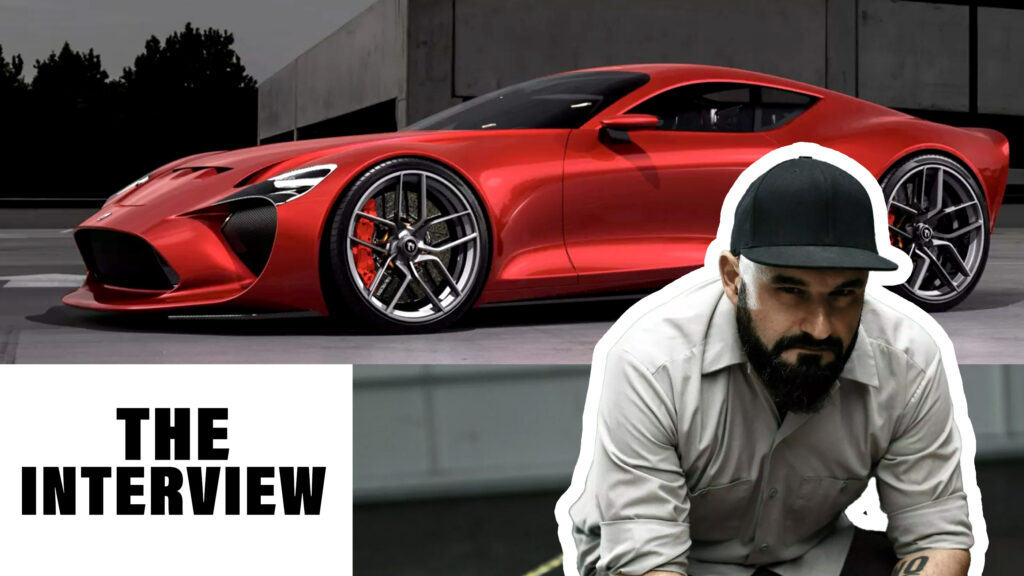Automotive design is no easy feat and that’s one reason that Sasha Selipanov stands out. He’s had a hand if not the all-out lead in some of the world’s most important supercar and hypercar designs in recent years. After stints at Genesis, Lamborghini, Bugatti, and Koenigsegg, he’s decided to strike out on his own with a design firm named Hardline27.
Selipanov sees an opportunity with Hardline27 to shift the automotive industry’s approach to design through more use of digital technology and a multi-faceted holistic approach. He also sees room for the studio to work outside the bounds of the automotive world.
Selipanov recently sat down with Carscoops to chat about those goals, the design industry as a whole, and how the old myth that beauty is in the eye of the beholder is hogwash. Our conversation with the bold designer is below.
CS=Carscoops / SP=Sasha Selipanov
CS: How did Hardline27 come about?
SP: It was always my dream to do something as an independent sooner or later. So I had two full decades of working for car companies and it was a very exciting journey… meeting some very influential and powerful car people in my career and picking up some wisdom from them. But there was always kind of a ringing in my ear that I should try to build something myself, you know… not always hide in the shadow of a big successful OEM.
CS: Did you consider simply using your last name as opposed to Hardline27?
SP: I did, and consciously stayed away from doing so. For me, an idea is bigger than a person’s name and it transcends the name. It’s a traditional thing in the automotive industry to name companies after the founder’s name in the case of design consultancies, as much as it is in the case of car manufacturers.
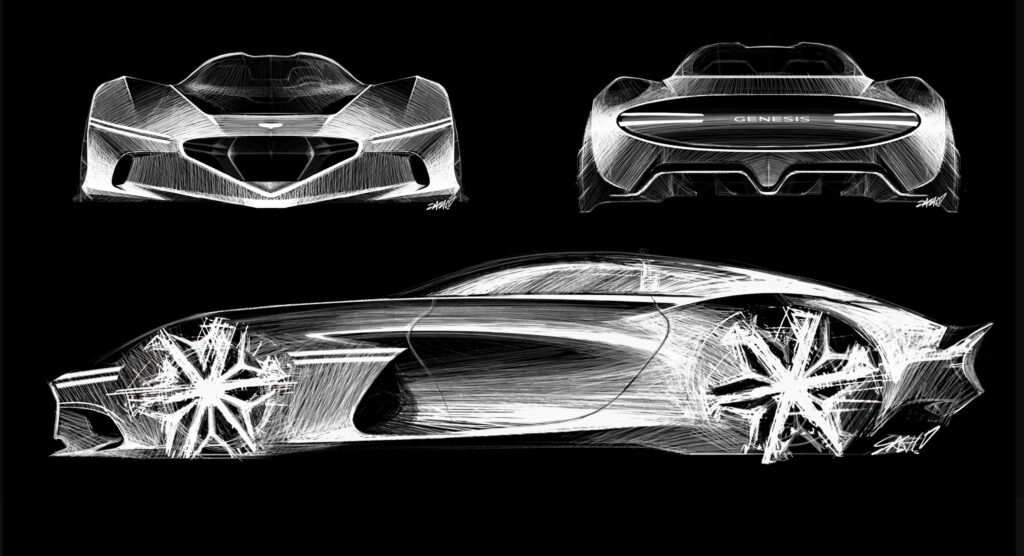
The vision I’d like to ultimately communicate through our work is hopefully bigger than just my name. I wouldn’t like people to say that they are working for me, even if they mean that they’re working for the company, I wouldn’t like it to sound like “I am working for Sasha.” The aim is to allow people to take some shared ownership and feel motivated and inspired to perform as if they were in a rock band or a metal band.
CS: When do you think you came to the realization that this was going to be a reality?
SP: The first time I realistically started thinking about it was right after my time at Genesis. This was something very high on the list of considerations, but then the opportunity with Koenigsegg came about and I figured that I would postpone other plans for the experience of going there and learning directly from Christian and all the other talented people working there.
More: Ex-Koenigsegg, Bugatti, Genesis Designer Sasha Selipanov Opens Hardline27 Design Studio
I ultimately ended up leaving Koenigsegg because I wanted to start my own business. We’re still good friends and we’re on great terms. I think of all people, Christian understands the internal ambition and the lack of love for authority that motivates people to try their own path.
CS: If there’s one major lesson that you think you’ve learned from him, what do you think it’d be?
SP: Just that there are absolutely no limits except those in your own head. That the universe and the world can be as pliable as play dough, and that you could kind of shape it into whatever vision or idea you have in your mind, provided that you’re willing to do an absolutely enormous amount of work and you believe in it with the entirety of your being. He’s definitely not the one to draw artificial limitations for himself or the people around him. So that was very inspiring.
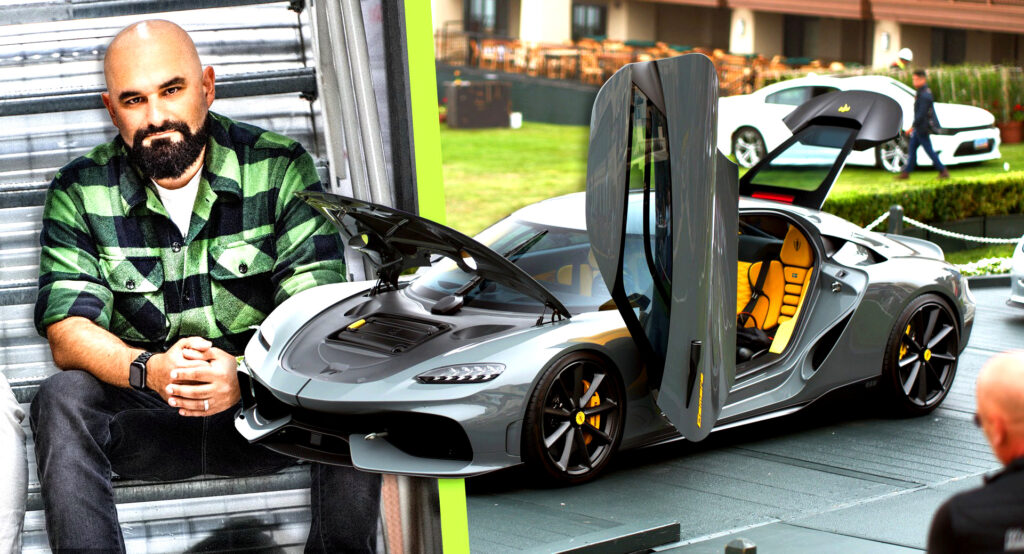
CS: Are there any projects the team is working on that you can tell us like general ideas of what you guys are working on right now?
SP: We have worked on 17 projects since Hardline’s inception a bit over a year ago. Our announcement was very recent but in truth, the company has been open for business for a bit longer. Some of the projects were for startups who came to us and said we need your help across the board… we need to come up with everything from tone of voice for the brand to the actual design and execution of the product and those projects are very, very exciting.
We have worked with traditional OEMs that say ”Look, we have a design team in-house, we’re working on projects, and we need you to stay on the same schedule with them and contribute as an external design studio showing your ideas for our in-house projects.”
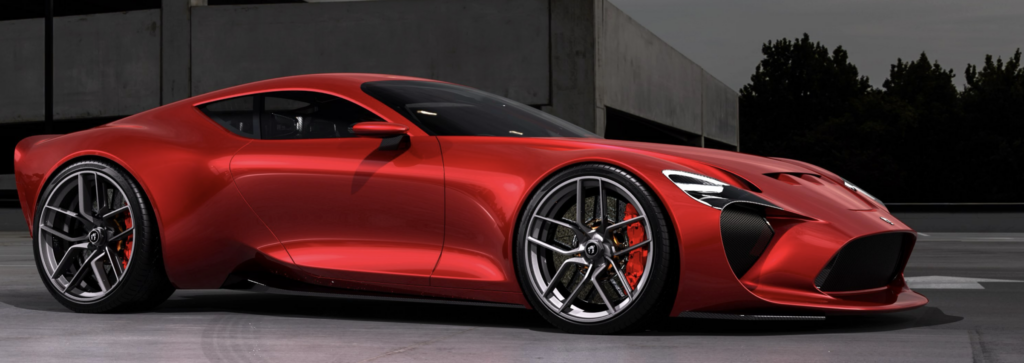
We also had a couple of very, very cool tech companies as clients. I was excited to see them reaching out because obviously, our core expertise is sports cars, but we had these tech companies work with us on very creative projects where we delivered some quite advanced work for them.
I never like to make announcements before something’s on the show floor and speaking for itself but we do have a couple of very interesting projects that are well past the sketch phase and becoming real as we speak.
CS: How are things different as a design firm as opposed to working directly for an OEM?
SP: What I find very rewarding is the fact that you’re switching between different customers, different businesses as your clients and everybody has their own set of values. There is a certain belief system that every company has that they find totally obvious and straightforward and they think “Why would it ever be different?”
But you have, let’s say, in parallel three projects that you’re working on and you have to switch between these paradigms and I find that fascinating and very rewarding. It’s great to offer our unique perspective and bring something to the table. But obviously making it fit within the framework of the world within which this client exists.
CS: Is it a challenge to not accidentally mix some things up between project briefs?
SP: Actually, we’re making a conscious effort against that. That’s a really good point. The separation of kitchens is very, very important because the last thing we want to do is to in essence sell the same thing twice.
That’s not our idea at all. We want to take every client and their set of constraints and their set of worldviews as guiding principles and understand how to bring our philosophy in sync with where they come from. We take that very seriously, both on the workflow level in terms of keeping separate work environments and making sure that you’re not mixing data in any way. But it [does] take discipline. It’s an effort, a conscious effort every day to make sure you change gloves and sterilize so to speak.
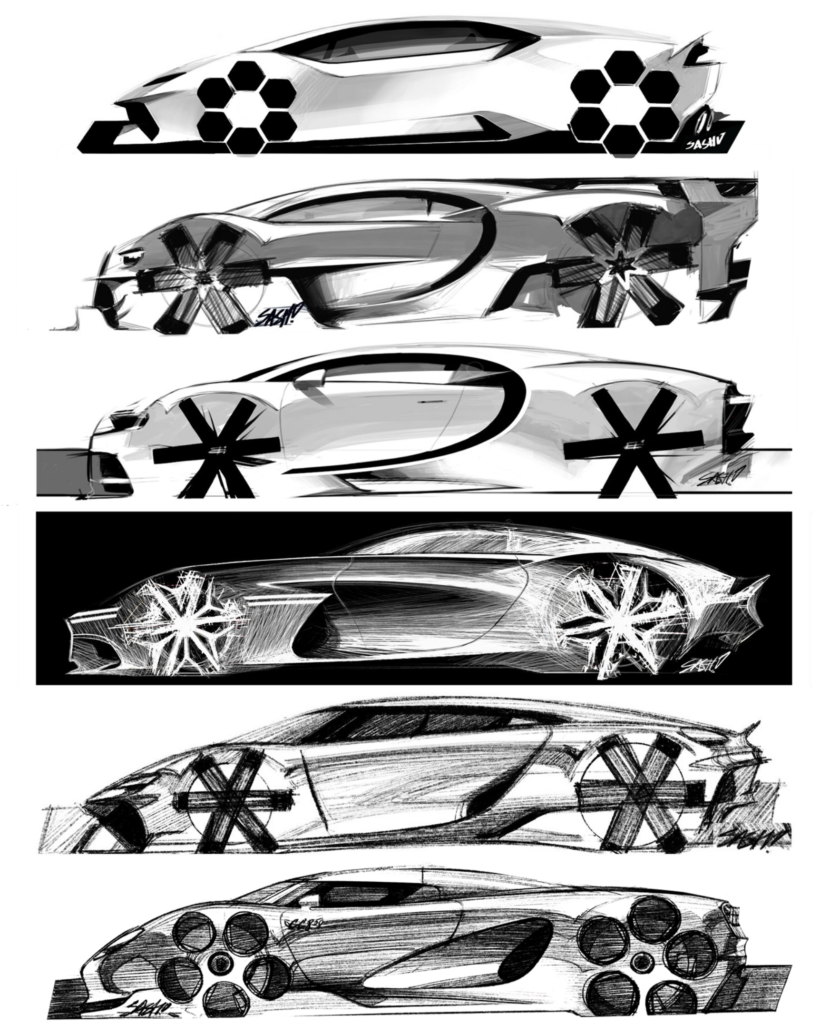
I think some of that was possible before. Looking at Giugiaro’s work from the 70s you see a lot of similarities between say a Volkswagen Scirocco and the Hyundai Pony. You see a very clear Giugiaro signature which we all love. Back then brands were not as focused on having their own unique design DNA they were just happy to have the best car possible and Giugiaro would give them that best car. Today, design, marketing, and brands have become more like mini-religions. It is impossible to bring a crucifix from a church to a mosque and pretend that it works.
CS: In our previous conversation, we delved into the topic of infusing passion into the EV experience. You hinted that there might be some exciting developments in the works. Can you share any details about those at this stage?
SP: Those projects are still in gestation so unfortunately still no spoilers. I just feel like the electrification of the drivetrain has triggered a sterilization of the overall experience. Some believe that since the drivetrain is electric, the entire user experience with the vehicle should be similar to the TV section at Best Buy… Screens everywhere, it became a kind of digital information overload.
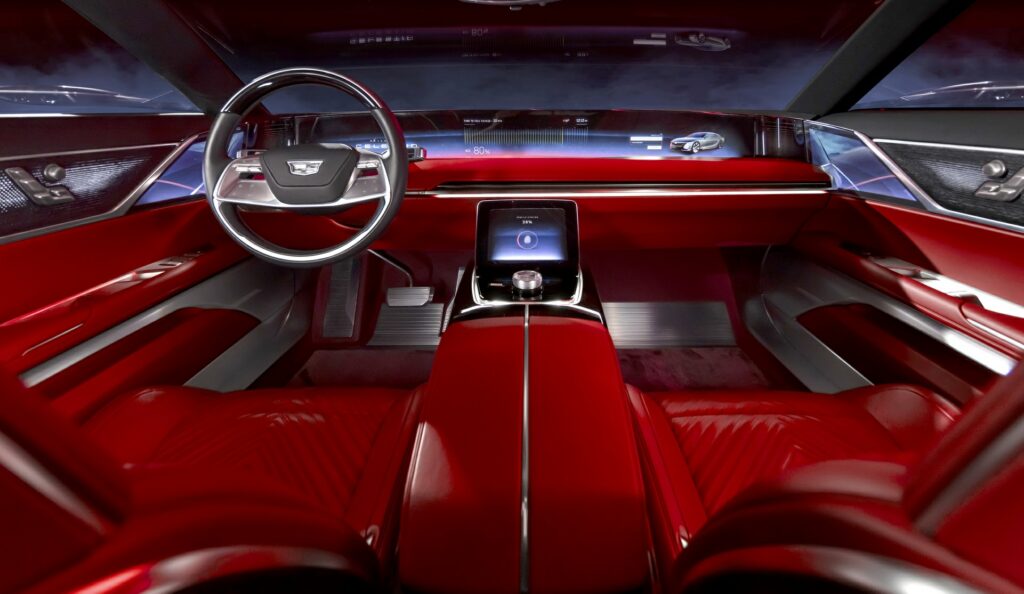
When everything is touch-sensitive, everything is glossy, everything just feels like an appliance more than a car. Replacing the drivetrain is obviously a challenge and we’ve found some ways to make electric cars very exciting to drive but… It’s this experience on the interior with some of the UX UI topics that feels very cold and could be brought back to a much more tactile, much more haptic, much more engaging level. I’m looking forward to projects in the future where our team gets to show some of that approach.
CS: I know you’ve already talked about your work with sports cars mainly, but are there any segments you plan to stay away from as a design company?
SP: We strive for a holistic approach to design. We believe that just doing the final bit, which is seeing the engineering package and coming up with a design proposal that fits is not enough to create a truly remarkable product.
We have branding and marketing experts on board to do the initial conceptualizing of the brand to discuss with our clients what is the market they’re trying to go for, what are the ways to speak to those people, and what are the interesting new approaches and trends emerging in those markets. Instead of just trying to focus on the product itself, we try to focus on the entire world within which this product is meant to exist.
This is very rewarding for us because the product you create is like the final piece of the puzzle. Once the puzzle is laid out, you just drop that in and everything starts to make sense and there’s this holistic, very satisfying result that tells a complete story.
Even something as mundane as a washing machine can become a very exciting project if you are given an opportunity to reimagine the process of doing laundry and interacting with that object. We are consciously branching out.
We learned a lot of great things from the sports car world about lightweight, about form following function, and about designing to performance targets. And these are relevant topics for many other industries as well. I think there’s space to bring sobriety to a lot of design work that’s happening right now in various industries.
CS: So we’re not ruling out the Hardline27-designed minivan, is what I’m hearing?
SP: I really like the Renault Espace F1. That’s a pretty cool minivan… jokes aside, definitely not ruling it out. Absolutely, we’d love to work on a proper people mover. The T1, T2, and T3 Volkswagens are a huge inspiration; functional yet endlessly practical, with heaps of cool factor as well!
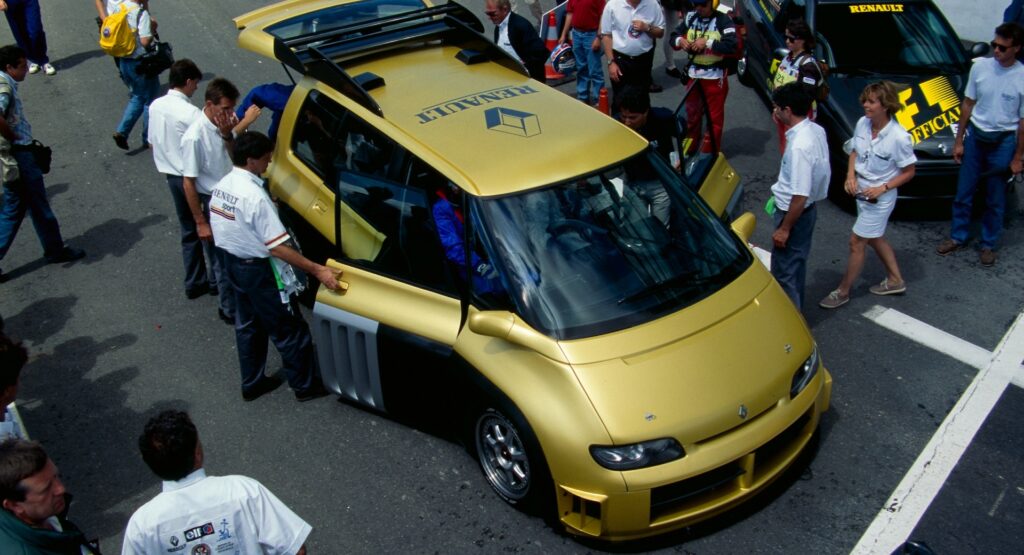
Some of that cool has been lost with the dirty diaper, “I have no life, minivans.” A badass van is certainly missing in today’s world. We’ve been on that sort of topic for many, many years now discussing it at all the different places I worked at before and how cool it would be to bring a van to the markets that would have a cool factor of, let’s say, a Land Rover Defender.”
This is only one part of our multi-part interview series with Selipanov. Be sure to keep an eye out for our next part when he talks about the automotive design industry as a whole, what some of his favorite car designs are, one aspect of sustainability that isn’t getting enough attention, and how beauty isn’t in the eye of the beholder.




